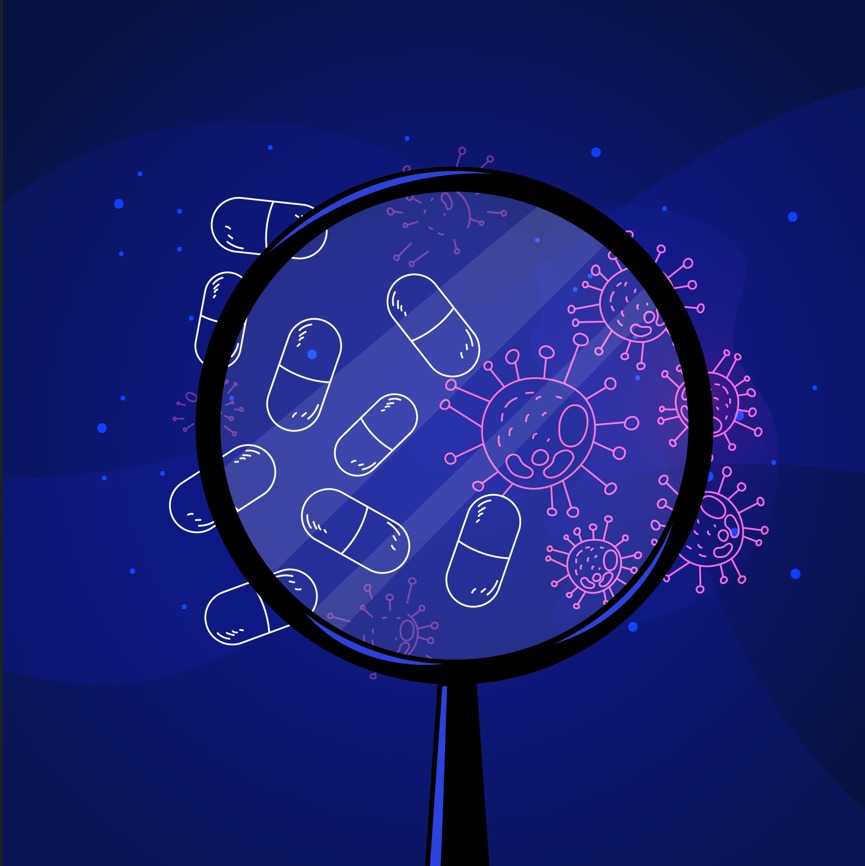Real-World Evidence (RWE) integration with pharmaceutical regulatory approvals creates fundamental changes in drug development together with patient care delivery. The data collected from real-world settings, called real-world data (RWD) allows scientists to examine the uncontrolled operational performance of drugs. The U.S. Food and Drug Administration (FDA) makes regular use of RWE during its evaluation stages.
The significance of pharma RWE submissions continued to rise in 2024 when the FDA authorized 15% more classes of drugs than in the previous year. The U.S. RWE solutions market demonstrates significant market expansion as it moves toward USD 6.35 billion in 2023 while showing a projection of 12.4% compound annual growth until 2032. RWE-based data continues to speed up regulatory decisions and increase pharmaceutical knowledge about drug effectiveness and safety within various population groups, thus driving significant progress for the drug industry. Let’s learn how.
Understanding Pharma RWE
RWE originates from information gathered beyond established clinical trials, which contains three main sources:
Electronic Health Records (EHRs) – Healthcare organizations store patient treatment histories through Electronic Health Records, which operate within digital systems.
Insurance Claims and Billing Data – Insights into medication adherence and real-world usage.
Patient Registries – Healthcare organizations obtain patient data from multidisciplinary groups of individuals with specific medical conditions.
Wearables and Digital Health Tools – Continuous monitoring of patient health metrics.
Social Determinants of Health Data – This provides research-based knowledge about the effects of environmental elements and personal life decisions on therapeutic results.
Unlike randomized controlled trials (RCTs), which operate under strictly controlled conditions, RWE reflects real-world clinical settings, making it a valuable tool in assessing long-term drug efficacy and safety.
The FDA’s Growing Reliance on RWE
The FDA has increasingly recognized the importance of RWE in regulatory decision-making. In 2016, the 21st Century Cures Act encouraged the use of RWE to support regulatory approvals, paving the way for wider adoption. Today, RWE plays a crucial role in:
Label Expansion Approvals – The FDA has used RWE to expand drug indications, as seen in the 2019 approval of Ibrance (palbociclib) for men with breast cancer based on real-world data.
Post-Marketing Surveillance – RWE helps track long-term safety signals, reducing reliance on costly and time-consuming post-market clinical trials.
Accelerated Approvals – Drugs for rare diseases and oncology benefit from RWE by providing supplementary evidence for approval.
Advantages of Pharma RWE in Regulatory Approvals
Faster Decision-Making – Traditional clinical trials take years to complete, while RWE allows for real-time insights, expediting regulatory reviews.
Diverse Population Data – Through RWE, healthcare organisations can gather data from groups that clinical trials normally fail to include, such as the elderly and pediatric, along with minority populations.
Cost Efficiency – The use of existing patient data eliminates the need for large-scale recruitment and site monitoring, reducing research costs.
Long-Term Safety Insights – The pharmacological application of real-world evidence enables regulators and manufacturers to understand drug safety concerning adverse events during time spans longer than approval schedules.
Challenges in Implementing Pharma RWE for Regulatory Use
Despite its advantages, integrating RWE into regulatory frameworks presents several challenges:
Data Standardization Issues – Disparate data sources lead to inconsistencies, requiring harmonisation efforts.
Privacy and Compliance Concerns – Patient confidentiality must be maintained while leveraging health data for regulatory purposes.
Bias and Data Integrity – Unlike RCTs, real-world data may be prone to biases due to patient non-adherence or missing data.
Regulatory Uncertainty – While agencies like the FDA are advancing RWE guidelines, there remains ambiguity regarding its full acceptance for drug approvals.
Future of Pharma RWE in Regulatory Approvals
The role of RWE in regulatory approvals is poised to grow significantly. Key trends include:
AI and Machine Learning Integration – Advanced analytics will improve the predictive power of RWE, ensuring more accurate assessments of drug efficacy and safety.
Greater Global Adoption – Regulators beyond the U.S., including the European Medicines Agency (EMA) and China’s National Medical Products Administration (NMPA), are increasingly leveraging RWE in decision-making.
Expanded Use in Gene and Cell Therapy – With limited RCT data available for personalised medicine, pharma RWE will play a crucial role in tracking treatment outcomes.
Harmonized Regulatory Frameworks – Collaboration between global regulatory bodies will establish standardized approaches to RWE acceptance.
The Role of Collaboration in Advancing Pharma RWE
A crucial factor in the successful integration of pharma RWE into regulatory decision-making is collaboration between stakeholders. Pharmaceutical companies, regulatory agencies, healthcare providers, and technology firms must work together to refine data collection methods and establish clear guidelines for RWE use. Initiatives like the FDA’s RWE Framework and partnerships such as the Innovative Medicines Initiative (IMI) in Europe are paving the way for more structured approaches to leveraging RWE.
Furthermore, advancements in blockchain technology are being explored to enhance data transparency and security, ensuring that real-world data remains accurate and tamper-proof. As the pharmaceutical landscape continues to evolve, these collaborative efforts will be essential in realising the full potential of RWE, ultimately leading to better patient outcomes and more efficient drug approval processes.
The Key Takeaway
Real-world evidence constitutes a transformative force which streamlines regulatory drug approvals in the pharmaceutical industry. The drug evaluation process relies more and more on pharma RWE, which provides cost-effective real-time patient data from diverse sources. The full potential of RWE will require facing and resolving present data quality and regulatory barriers.
Innovative approaches must emerge because pharma RWE adoption expands while addressing standardization difficulties, regulatory acceptance barriers, and reduction of possible biases. Newristics stands out as the market-leading pharma messaging company because it optimizes RWE communication processes.
The combination of behavioral science expertise with AI messaging analytics enables Newristics to improve pharmaceutical businesses’ delivery of pharma RWE insights to HCPs and patients. Newristics provides trusted services to both the top 20 global pharma companies and hundreds of brands by ensuring that Real-World Evidence findings maintain scientific credibility while being understandable and effective for gaining regulatory approval and personalized healthcare.

